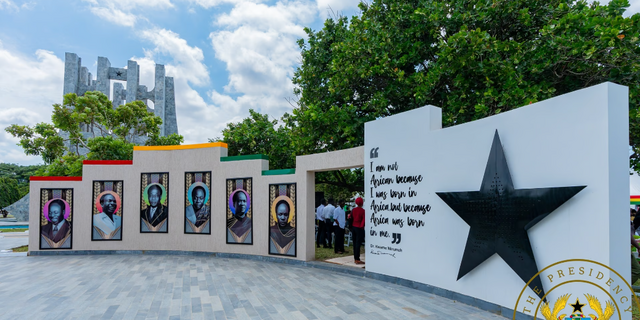
The Airport is a remarkable architectural wonder, serving as a gateway to nations and a symbol of connectivity.
It is a microcosm of society, where individuals from diverse backgrounds converge, temporarily united by their desire to travel.
The airport’s design and functionality offer valuable insights into the dynamics of governance and citizenship.
The airport’s role as a sieve, separating travellers from the general population, highlights the importance of identification and authentication. Just as a passport or national ID is required to enter the airport, citizens must be recognized and valued by their governments.
This recognition is essential for building trust and fostering a sense of belonging.
Once inside the airport, individuals are isolated from the outside world, subject to a unique set of rules and regulations. This isolation can be seen as a metaphor for the separation of politicians from the citizens they serve. When in power, politicians often forget their connection to the people, neglecting their responsibilities and prioritizing their own interests.
The airport’s emphasis on timeliness and punctuality is another valuable lesson for governance. The strict adherence to schedules and deadlines ensures the smooth operation of flights, mirroring the need for efficient and effective governance. Just as passengers must respect the boarding time to avoid missing their flight, citizens expect their leaders to respect their time and needs.
The airport’s classification system, with its VIP, diplomatic and economy sections, can be seen as a reflection of societal hierarchies.
However, once on the plane, all passengers are equal, subject to the same safety protocols and instructions. This equality highlights the importance of equal treatment and opportunities for all citizens, regardless of their social status.
The airport’s security checks, applicable to all passengers, demonstrate the need for collective safety and responsibility.
Similarly, governments must prioritize the safety and wellbeing of all citizens, recognizing that their own safety is inextricably linked to that of the people they serve.
In conclusion, the airport analogy offers valuable insights into the dynamics of governance and citizenship.
By recognizing the interconnectedness of citizens and leaders, we can work towards building more inclusive, efficient and effective systems of governance.
Just as the airport provides a shared environment for travellers, governance should strive to create a shared sense of purpose and belonging among citizens.
The post MINDSET with Gambrah Sampeney Kwabena Adjei: The Airport Analogy: A reflection of governance and citizenship appeared first on The Business & Financial Times.
Read Full Story














Facebook
Twitter
Pinterest
Instagram
Google+
YouTube
LinkedIn
RSS